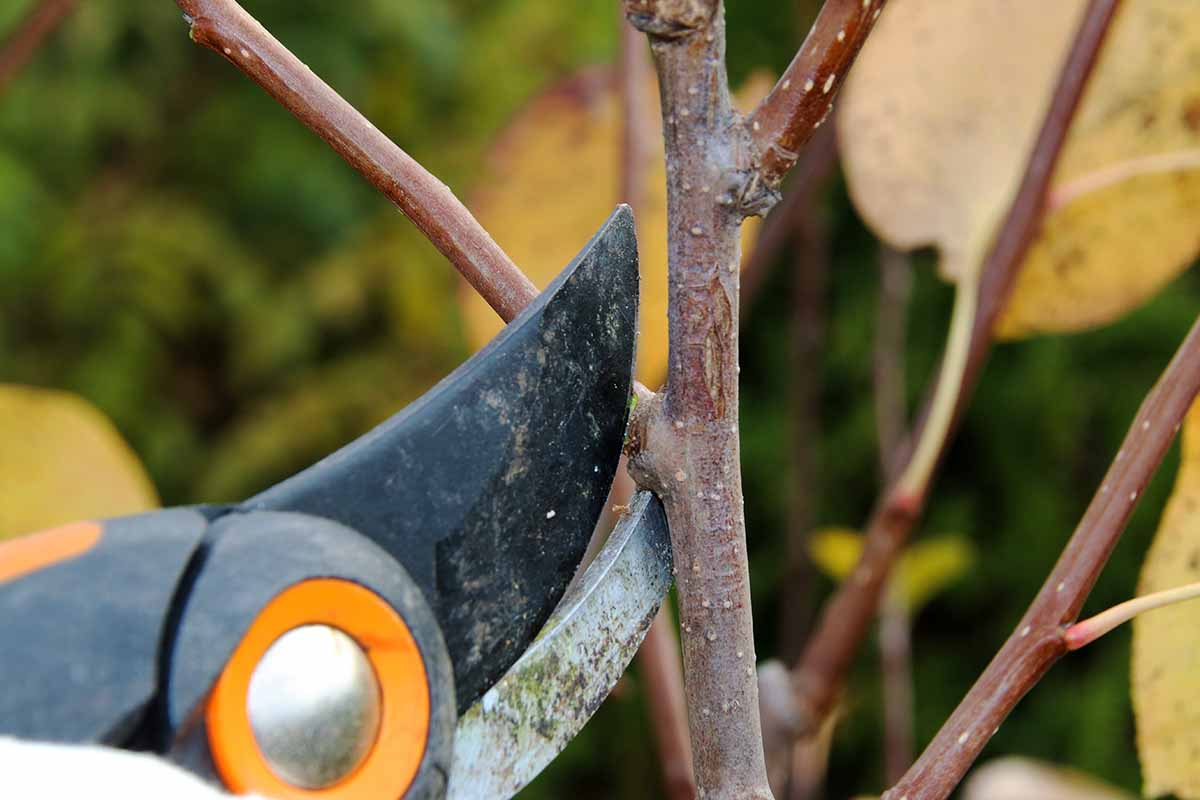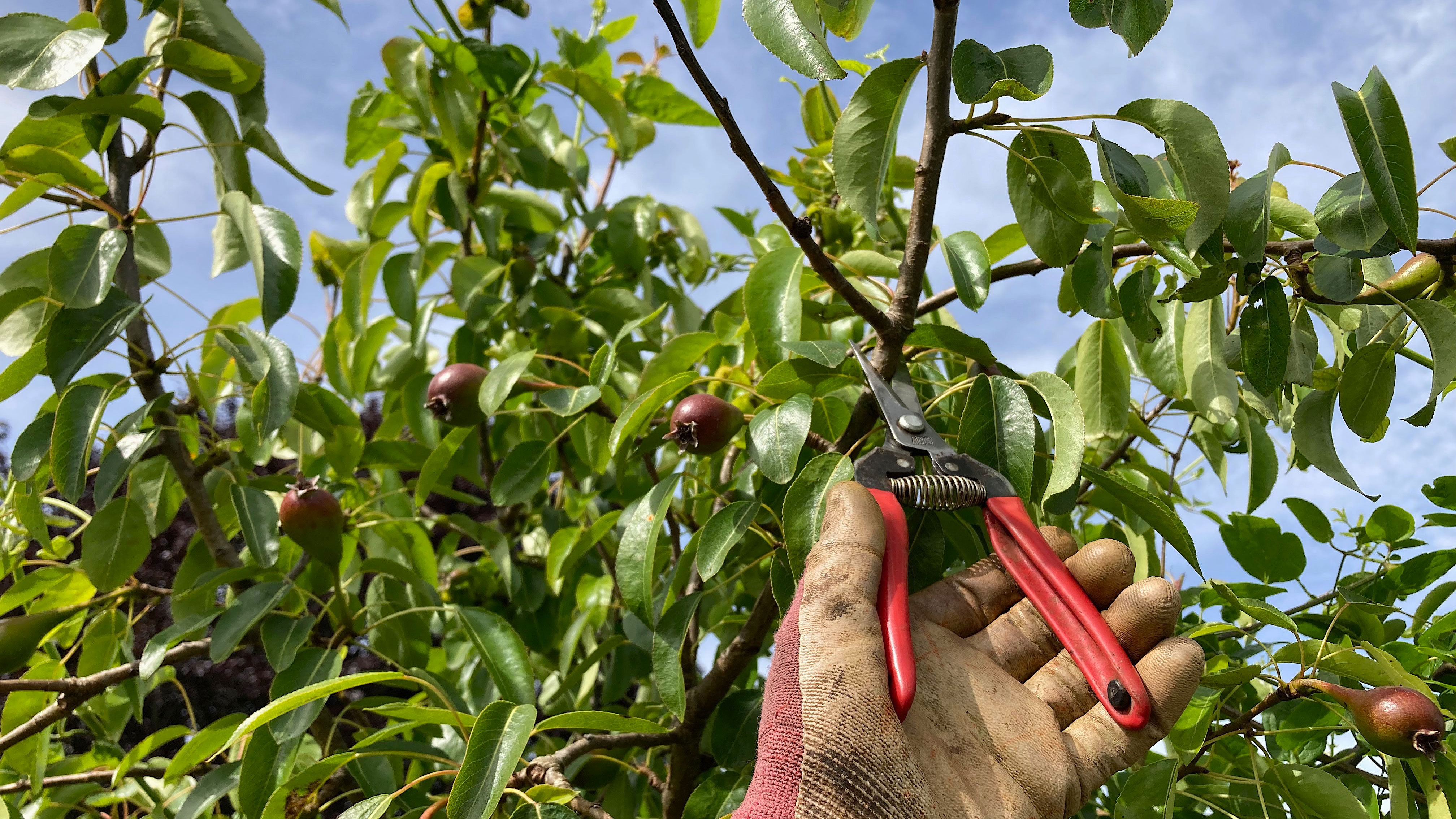The Pruning Basics: Why Prune Your Plum Tree?
Pruning is a vital component of plum tree care, and understanding its significance is crucial for maintaining a healthy and productive tree. By learning how to prune plum trees effectively, you can promote vigorous growth, increase fruit production, and enhance the overall aesthetic appeal of the tree. Pruning helps to remove dead, diseased, or damaged branches, allowing the tree to focus its energy on producing fruit and growing strong. Additionally, pruning can improve air circulation and sunlight penetration, reducing the risk of disease and pest infestations. Whether you’re a seasoned gardener or a beginner, mastering the art of pruning is essential for unlocking the full potential of your plum tree.
Understanding Plum Tree Anatomy: A Key to Effective Pruning
To master the art of pruning, it’s essential to understand the different parts of a plum tree. A plum tree consists of a central leader, scaffold branches, and fruiting branches. The central leader is the main trunk of the tree, providing structural support and connecting the roots to the branches. Scaffold branches are the main branches that grow out from the central leader, forming the framework of the tree. Fruiting branches, on the other hand, are the branches that produce fruit. Understanding the role of each part is crucial for effective pruning, as it allows you to make informed decisions about which branches to remove and how to shape the tree for optimal growth. By recognizing the different parts of the tree, you can learn how to prune plum trees in a way that promotes healthy growth, increases fruit production, and maintains a strong tree structure.
How to Prepare for Pruning: Essential Tools and Safety Tips
Before learning how to prune plum trees, it’s crucial to prepare with the right tools and safety precautions. The essential tools for pruning plum trees include pruning shears, loppers, and gloves. Pruning shears are used for cutting small branches, while loppers are used for thicker branches. Gloves protect your hands from thorns and cuts. Additionally, consider wearing protective eyewear and a hat to prevent debris from getting in your eyes or on your head. When pruning, make sure to sanitize your tools between cuts to prevent the transmission of diseases. It’s also important to prune during the dormant season, as this reduces the risk of disease transmission and promotes healthy growth. By having the right tools and taking necessary safety precautions, you can ensure a successful pruning experience and learn how to prune plum trees effectively.
Pruning Techniques for Plum Trees: A Step-by-Step Guide
Learning how to prune plum trees is a crucial step in maintaining a healthy and productive tree. The pruning process involves removing dead, diseased, or damaged branches, as well as shaping the tree for optimal growth. To begin, inspect the tree for any branches that are dead, diseased, or damaged. Remove these branches at the base, making a clean cut just above a bud or a lateral branch. Next, identify any crossing or rubbing branches and remove the weaker of the two. This will improve air circulation and reduce the risk of disease. When shaping the tree, aim to create a central leader with a balanced canopy. Remove any branches that are growing inwards or downwards, as these can reduce fruit production and create structural issues. Finally, thin out the tree to allow sunlight to penetrate and promote healthy growth. By following these steps, you can learn how to prune plum trees effectively and enjoy a bountiful harvest.
When pruning, it’s essential to make clean cuts and avoid tearing the bark. Cut outside the branch collar, which is the raised area where the branch meets the trunk. This will help the tree heal quickly and reduce the risk of disease. Additionally, prune branches at a 45-degree angle, sloping away from the bud. This will help water run off and prevent moisture from collecting on the bud. By following these techniques, you can master the art of pruning and enjoy a healthy and productive plum tree.
Pruning for Fruit Production: Tips for Maximizing Your Harvest
When it comes to pruning plum trees, one of the primary goals is to maximize fruit production. By understanding how to prune plum trees specifically for fruiting, you can increase your harvest and enjoy a bountiful yield. The key to successful fruit production is to promote fruiting branches and thin fruit to optimize yield. To do this, identify the fruiting branches, which are typically shorter and more horizontal than the vegetative branches. Remove any weak or damaged fruiting branches, and thin out the fruit to about 6-8 inches apart. This will allow the remaining fruit to grow larger and more flavorful.
Another important tip for pruning plum trees for fruit production is to maintain a balanced canopy. This means ensuring that the tree has a balanced distribution of fruiting branches and vegetative growth. A balanced canopy will allow the tree to produce fruit more efficiently and reduce the risk of disease. Additionally, consider pruning your plum tree to a central leader system, which will help to promote fruiting branches and increase overall fruit production. By following these tips and learning how to prune plum trees effectively, you can enjoy a bountiful harvest and maximize your fruit production.
It’s also important to prune plum trees at the right time for fruit production. The best time to prune is during the dormant season, as this will help to promote fruiting branches and reduce the risk of disease. Avoid pruning during the active growing season, as this can reduce fruit production and cause stress to the tree. By pruning at the right time and following these tips, you can learn how to prune plum trees for optimal fruit production and enjoy a successful harvest.
Common Pruning Mistakes to Avoid: Preserving Your Plum Tree’s Health
When it comes to pruning plum trees, it’s not just about cutting branches, but also about avoiding common mistakes that can harm the tree’s health. By understanding what not to do, you can ensure that your plum tree remains healthy and productive. One of the most common pruning mistakes is over-pruning, which can cause stress to the tree and lead to disease or pest issues. To avoid over-pruning, prune only what is necessary to maintain the tree’s shape and promote healthy growth.
Another common mistake is pruning at the wrong time. Pruning during the active growing season can cause the tree to become stressed, leading to reduced fruit production and increased susceptibility to disease. Instead, prune your plum tree during the dormant season, when the tree is not actively growing. This will help to promote healthy growth and reduce the risk of disease. Additionally, avoid pruning too much of the tree’s canopy, as this can reduce fruit production and cause the tree to become unbalanced.
Other common pruning mistakes to avoid include pruning too close to the trunk, which can cause damage to the tree’s bark, and not making clean cuts, which can lead to disease transmission. To avoid these mistakes, always prune branches at the correct angle, making a clean cut just above a bud or lateral branch. By avoiding these common pruning mistakes, you can learn how to prune plum trees effectively and ensure the long-term health and productivity of your tree.
Pruning Plum Trees by Season: A Year-Round Guide
Pruning plum trees is a year-round process that requires adapting to the tree’s growth cycle. By understanding how to prune plum trees during different seasons, you can optimize their growth, promote fruit production, and maintain their overall health. In this section, we’ll provide a comprehensive guide on how to prune plum trees during winter, spring, and summer.
Winter Pruning (December to February): During the dormant season, prune your plum tree to promote healthy growth and fruit production. Remove any dead, diseased, or damaged branches, and shape the tree to maintain its desired shape. This is also an ideal time to prune for fruit production, as it allows the tree to focus its energy on producing fruit rather than vegetative growth.
Spring Pruning (March to May): As the tree begins to grow, prune to maintain its shape and promote fruiting branches. Remove any weak or damaged branches, and thin out the fruit to optimize yield. This is also a critical time to inspect the tree for signs of disease or pests, and take action to prevent their spread.
Summer Pruning (June to August): During the active growing season, prune to maintain the tree’s shape and promote air circulation. Remove any suckers or water sprouts, and thin out the fruit to optimize yield. This is also an ideal time to inspect the tree for signs of disease or pests, and take action to prevent their spread.
By adapting your pruning techniques to the tree’s growth cycle, you can learn how to prune plum trees effectively and optimize their growth and fruit production. Remember to always prune with a purpose, and avoid pruning unnecessarily, as this can cause stress to the tree and lead to disease or pest issues.
Maintaining Your Plum Tree’s Health: Ongoing Pruning and Care
To ensure your plum tree remains healthy and productive, ongoing pruning and care are essential. Regular pruning, combined with proper fertilization, pest management, and inspections, will help to maintain the tree’s overall health and promote optimal growth and fruit production.
Regular Inspections: Regularly inspect your plum tree for signs of disease, pests, or nutrient deficiencies. This will help to identify any issues early, allowing you to take action to prevent their spread and minimize damage to the tree.
Fertilization: Fertilize your plum tree annually, using a balanced fertilizer that provides essential nutrients for healthy growth. Avoid over-fertilizing, as this can cause more harm than good.
Pest Management: Regularly inspect your plum tree for signs of pests, such as aphids, mites, or borers. Use organic or integrated pest management techniques to control pest populations and prevent damage to the tree.
Ongoing Pruning: In addition to seasonal pruning, perform regular maintenance pruning to remove any dead, diseased, or damaged branches. This will help to maintain the tree’s shape, promote healthy growth, and optimize fruit production.
By combining regular pruning with proper fertilization, pest management, and inspections, you can learn how to prune plum trees effectively and maintain their overall health and productivity. Remember, ongoing care and pruning are essential to ensuring your plum tree remains healthy and thrives for years to come.







